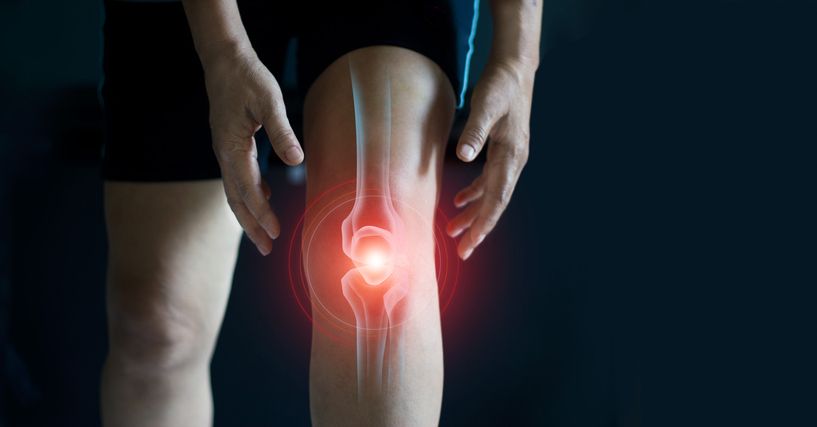Managing pain before, during, and after joint replacement surgery is crucial to ensure patient comfort, promote faster recovery, and achieve optimal outcomes.
Here’s how pain is typically managed throughout these phases:
Before Joint Replacement Surgery:
- Education and Counseling: Patients are educated about what to expect regarding pain and pain management strategies before surgery. This includes discussions about the surgical procedure, anesthesia options, and post-operative pain management techniques.
- Preoperative Medications: Depending on the patient’s health status and the surgical approach, preoperative medications may be prescribed to help manage pain and reduce anxiety. These can include non-steroidal anti-inflammatory drugs (NSAIDs), acetaminophen, or sometimes stronger analgesics.
- Physical Therapy: Engaging in preoperative physical therapy exercises can help strengthen the muscles around the joint and improve mobility, which may reduce pain both before and after surgery.
During Joint Replacement Surgery:
- Anesthesia: Effective anesthesia is crucial during joint replacement surgery to ensure the patient remains pain-free throughout the procedure. Typically, a combination of general anesthesia, regional anesthesia (such as spinal or epidural anesthesia), and local anesthesia techniques are used to block pain signals from reaching the brain.
- Intraoperative Pain Management: During surgery, the surgical team may administer local anesthetics directly into the joint or surrounding tissues to provide immediate pain relief. Additionally, techniques such as nerve blocks or continuous infusion of local anesthetics through catheters can be used to manage pain during and immediately after surgery.
After Joint Replacement Surgery:
- Multimodal Pain Management: After surgery, a multimodal approach to pain management is often employed. This involves combining different medications and techniques to target pain from multiple angles and minimize the need for opioid medications, which can have side effects.
- Medications: Patients are typically prescribed a combination of pain relievers, such as acetaminophen, NSAIDs, and occasionally stronger opioids for breakthrough pain. The goal is to control pain while minimizing side effects and the risk of dependence.
- Regional Anesthesia Techniques: Techniques like epidural or peripheral nerve blocks may continue to be used postoperatively to provide targeted pain relief. These techniques can help reduce the overall need for systemic pain medications.
- Physical Therapy and Rehabilitation: Early mobilization and physical therapy are crucial for joint replacement recovery. Physical therapists work with patients to regain strength, flexibility, and function, which can help reduce pain over time.
- Patient Education: Educating patients about pain management strategies, including proper medication use, activity modification, and home exercises, empowers them to actively participate in their recovery and manage pain effectively.
Additional Considerations:
- Continuous Assessment: Pain levels are regularly assessed using pain scales and patient feedback to adjust pain management strategies as needed.
- Minimizing Complications: Effective pain management not only enhances comfort but also reduces the risk of complications such as blood clots and respiratory problems.
- Psychological Support: Addressing psychological aspects of pain through counseling, relaxation techniques, and mindfulness practices can complement pharmacological interventions.
In summary, managing pain before, during, and after joint replacement surgery involves a comprehensive, individualized approach that aims to minimize discomfort, facilitate recovery, and improve overall patient satisfaction and outcomes. By combining pharmacological interventions, regional anesthesia techniques, and rehabilitation strategies, healthcare providers can optimize pain relief and support patients through the recovery process.






Comments